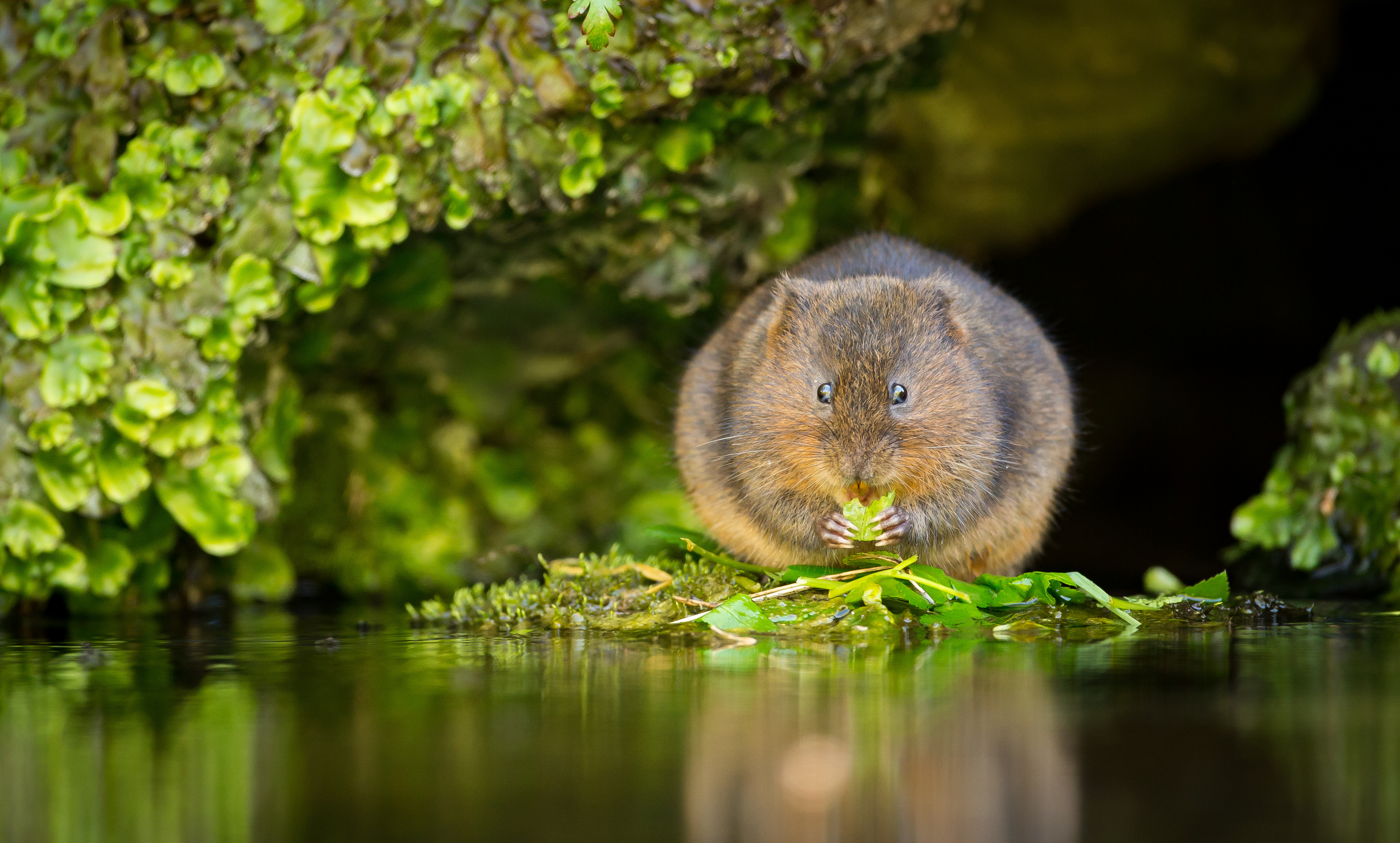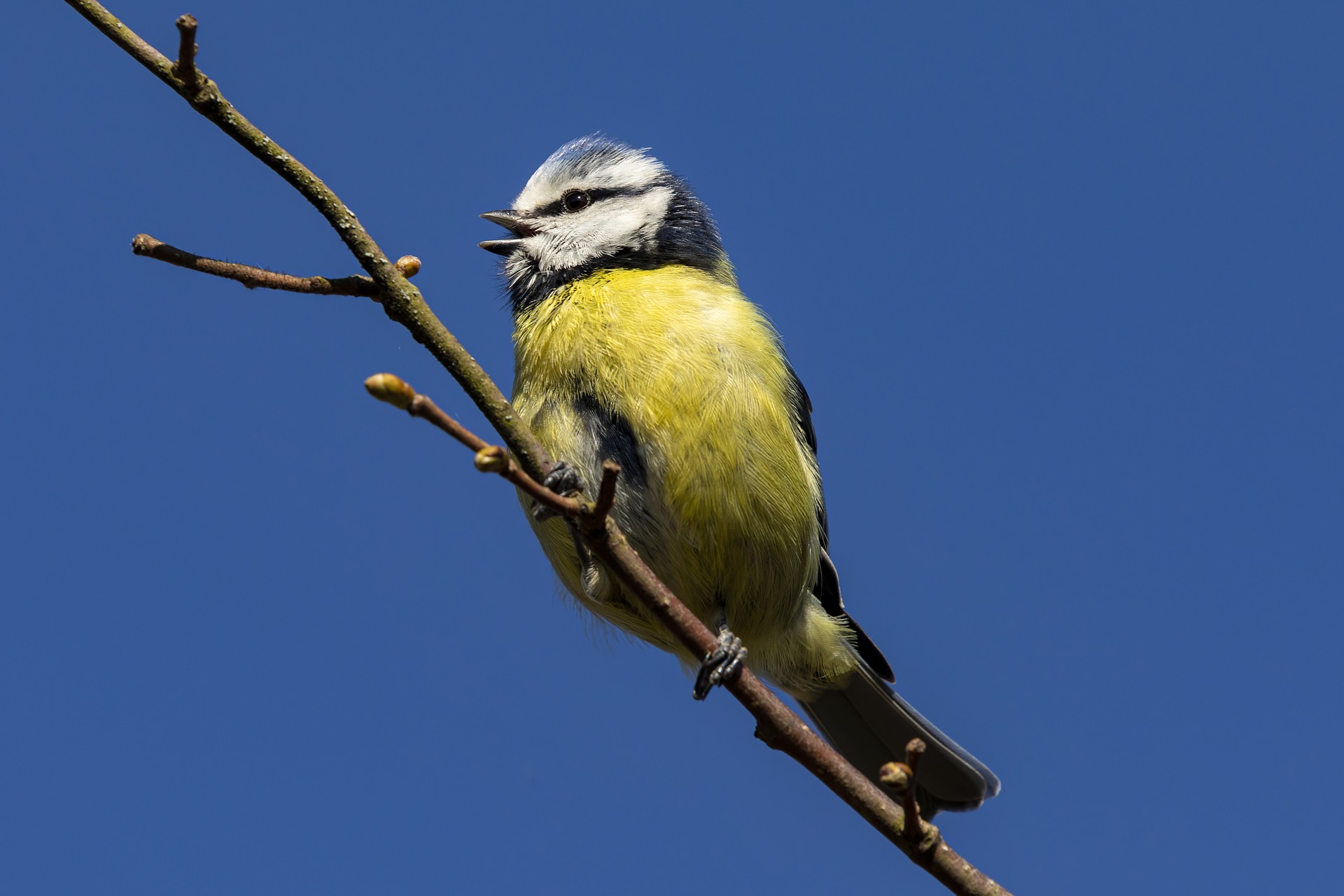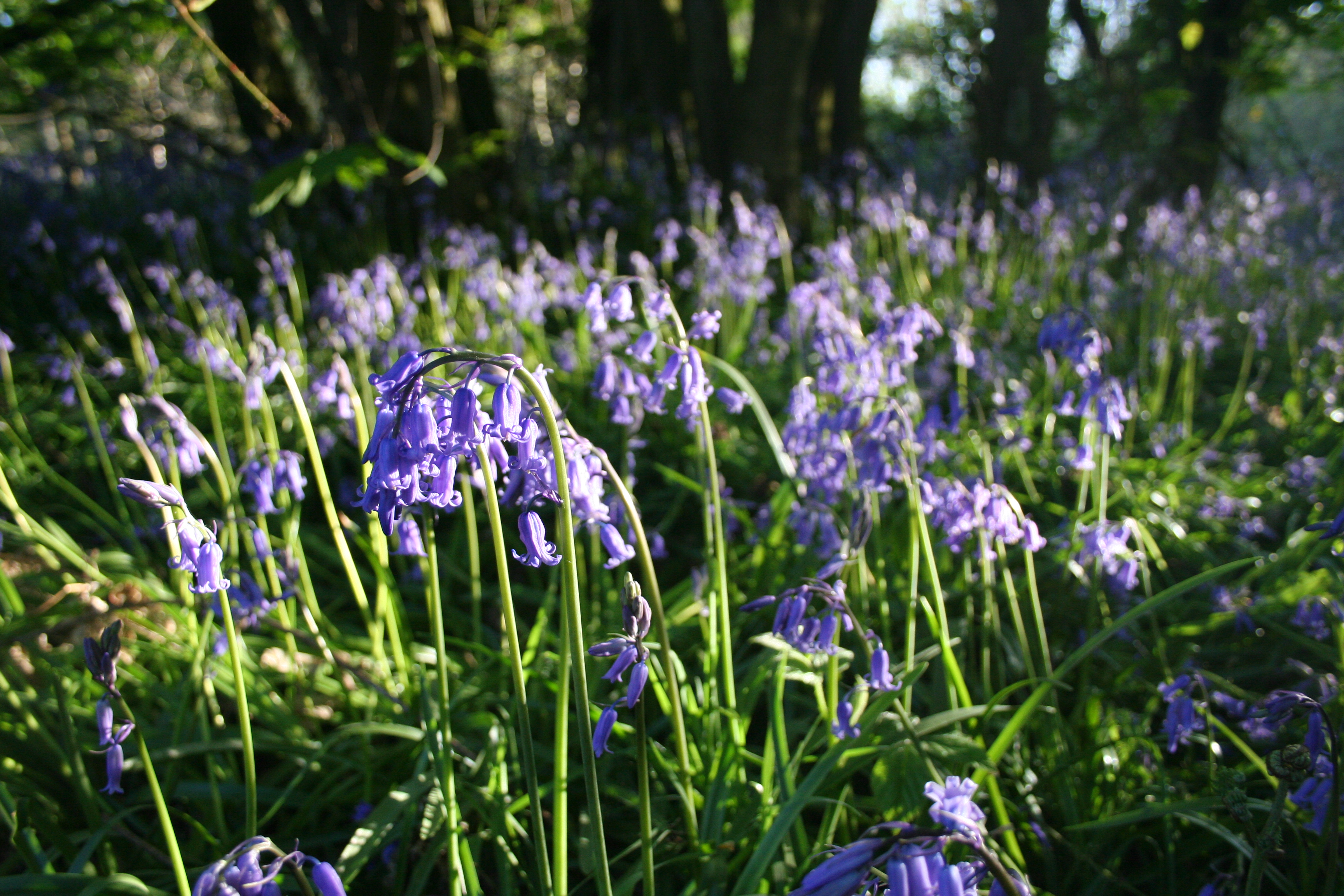5 Ways to get started with forest bathing and mindfulness
2nd Dec 2020
Many of us might enjoy spending time in woodlands by walking, cycling or even running, but have you ever stopped and taken a moment to fully immerse yourself in your surroundings, taking in everything you can see and hear? Forest bathing, a Japanese practice known as Shinrin Yoku, is a simple way to boost your health and wellbeing by connecting with trees and nature. Take a look at these top five tips to get started, inspired by forest bathing guide Anne Bramley, who runs Wellbeing at Whistlewood at Whistlewood Common, a community woodland project supported by the National Forest.
1. Choosing where to start
If you are new to forest bathing and are lucky enough to live in the National Forest, there are hundreds of woodlands that offer many peaceful and beautiful spots to begin your experience. It is helpful to begin in a quiet place with easy ground to walk on, trees, and an area of water. However, you don’t need to be in a forest setting to begin with, a park, garden or any outdoor space that is available to you is a good place to start. Once you’ve found the perfect destination, make sure you pick a time that is quiet and if visiting a woodland or outdoor space, visit at off-peak times when fewer people are around, so there are no distractions and you can fully relax.
2. Using your senses
We rely on our brains and thinking for so many important activities in our daily lives. Our minds and general wellbeing really benefit from taking a break from our thoughts and being present in nature. In forest bathing, we use our senses to see, feel, smell, hear and taste the natural world. We take time to just be in the moment and let nature surprise us. This allows us to experience a sense of calm, appreciate the beauty of our surroundings and switch off from the pressures of daily life.
3. Walking very slowly
Walking at a very slow and gentle pace for 20 minutes allows our bodies and minds to find stillness. We are able to see so many things in nature that we may miss at our usual pace. We can see what is moving around us, taking further time to let our senses connect with the other beings that share our earth.
4. Sit Spot Time
A ‘sit spot’ is a place that we feel drawn to, to rest for a while supported by the earth. We can sit or lie on the ground or be supported by a tree, chair or cushion. It helps us to literally ‘feel grounded’ when we have contact with the earth using our hands, our feet or simply feeling the earth beneath us. Being at ground level offers us a different perspective to see nature and observe and focus on the detail of things. A sit spot can be found as part of a forest bathing walk but can also be found at home helping to build a daily nature connection practice . Keeping a journal, creative writing, playing with natural materials, or experimenting with artwork are just a few ways that we can explore our connections to nature and capture our responses.
5. Join a guided walk
A ‘sit spot’ is a place that we feel drawn to, to rest for a while supported by the earth. We can sit or lie on the ground or be supported by a tree, chair or cushion. It helps us to literally ‘feel grounded’ when we have contact with the earth using our hands, our feet or simply feeling the earth beneath us. Being at ground level offers us a different perspective to see nature and observe and focus on the detail of things. A sit spot can be found as part of a forest bathing walk but can also be found at home helping to build a daily nature connection practice . Keeping a journal, creative writing, playing with natural materials, or experimenting with artwork are just a few ways that we can explore our connections to nature and capture our responses.
Give to the Forest
Give monthly or one-off donation?


